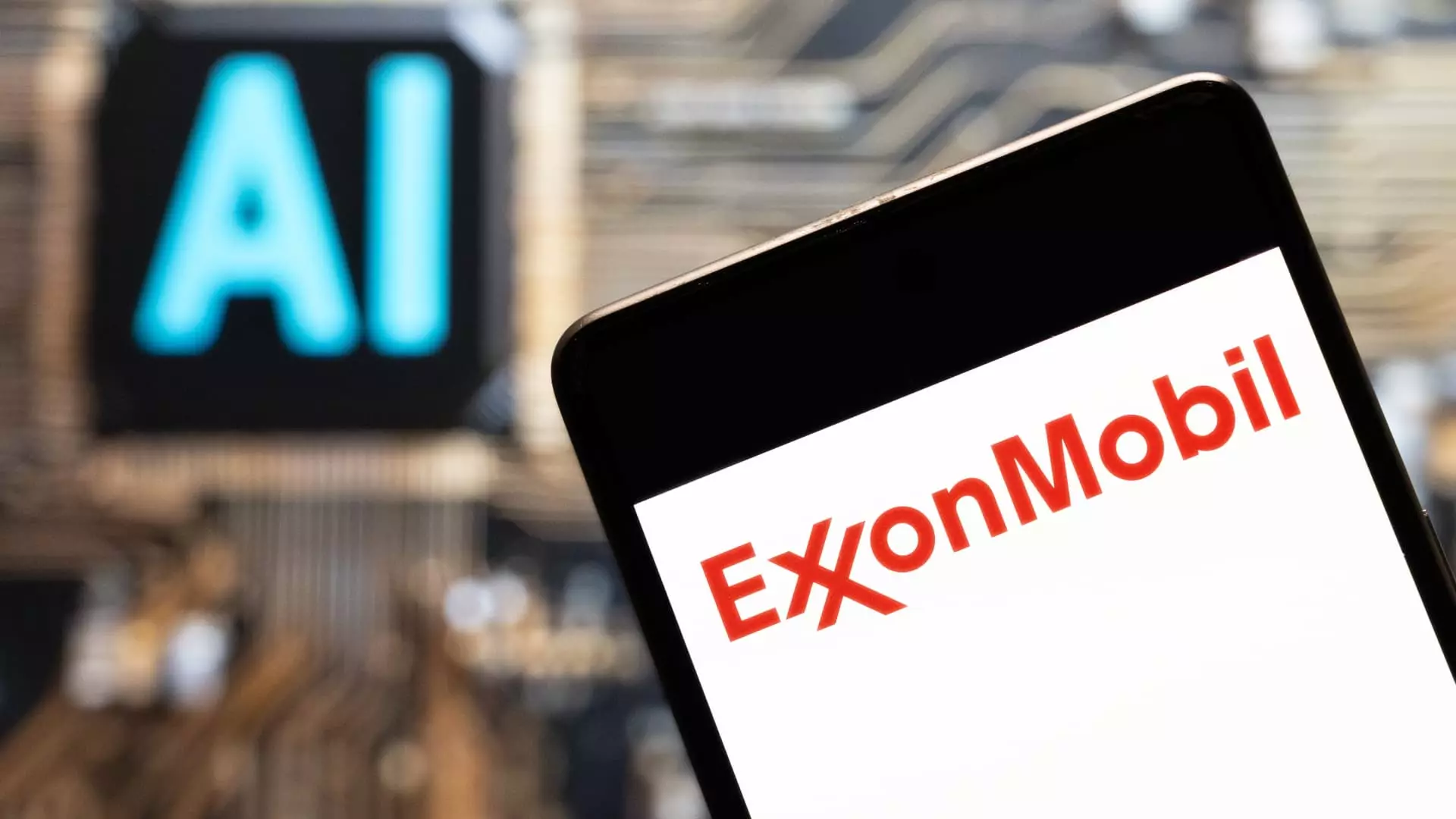The escalating demands of artificial intelligence (AI) are prompting major energy providers, most notably Exxon Mobil and Chevron, to pivot towards natural gas as a solution for powering evolving data centers. This trend is indicative of a broader shift where traditional energy giants are looking to align their operations with the burgeoning tech industry’s hunger for energy. As AI continues to expand, the pursuit for stable and efficient power sources has never been more urgent.
Recently, Exxon Mobil announced plans for a natural gas plant specifically designed to supply energy to data centers. The innovation lies not only in the choice of natural gas but also in the integration of carbon capture and storage (CCS) technology. By aiming for a 90% reduction in emissions through this method, Exxon is attempting to position itself as a leader in combining energy production with environmental stewardship. Exxon’s Chief Financial Officer, Kathryn Mikells, emphasized the importance of working with large industrial companies to create solutions that deliver both reliability and low carbon intensity, although specifics about these partnerships remain undisclosed. This element of secrecy may create skepticism regarding their actual preparedness or technological capabilities.
One of the key advantages of Exxon’s proposed plant is its independence from the traditional electric grid. This autonomy could facilitate quicker installation compared to conventional power generation methods, enabling a more agile response to the increasing demand for computational power stemming from AI applications. However, it remains unclear how this strategy will be executed in the long term, particularly when balancing operational efficiency and environmental impact.
Chevron is closely trailing Exxon in the race to supply energy to data centers. According to Jeff Gustavson, President of Chevron’s new energy business, the company is well-equipped to play a significant role in this evolving market. As a leading producer of natural gas, Chevron has the resources and infrastructure necessary to jump into this lucrative arena. Yet, there are questions about how rapidly Chevron can operationalize its strategies, given the complexities involved in energy infrastructure and partnerships with tech giants.
The Tech Sector’s Energy Dilemmas
Tech companies like Alphabet, Amazon, Microsoft, and Meta have traditionally leaned towards renewable sources such as wind and solar energy to power their data centers. Nevertheless, the monumental growth in AI capabilities requires a more stable power source, making natural gas an increasingly attractive option. This shift indicates a potential fundamental change in the energy choices of the tech industry, as they opt for reliability over ideology.
Interestingly, some tech companies are exploring nuclear power as a solution to their energy needs, highlighted by Microsoft’s involvement in reviving the Three Mile Island reactor. However, Exxon’s CEO, Darren Woods, has voiced doubts about nuclear energy meeting the immediate needs of the industry, suggesting that these plants have long build times that don’t align with the rapidly escalating demand for energy. This raises a critical question: can the tech giants confidently place their bets on nuclear power when it may not be ready to deliver for a decade or more?
The fossil fuel industry argues that, pragmatically, natural gas may prove to be the most feasible solution for tech companies facing urgent energy needs. Exxon is careful not to position itself solely as a power generation company but rather as a facilitator of energy solutions. By leveraging its extensive experience and existing infrastructure, Exxon aims to ensure that it can not only address the immediate demand but also partake in the long-term sustainability of AI data centers through CCS initiatives.
As Exxon and Chevron initiate their ventures into powering AI-focused data centers, the energy landscape is likely to undergo substantial changes. The interplay between traditional fossil fuels and modern technological demands presents both challenges and opportunities, particularly concerning emissions and sustainability. Ultimately, the future alignment of energy strategies with AI’s growing needs will likely define the next chapter for both the tech industry and energy providers alike. As both sectors grapple with their respective goals, a collaborative approach to energy sourcing may hold the answer to a more sustainable and efficient future.

